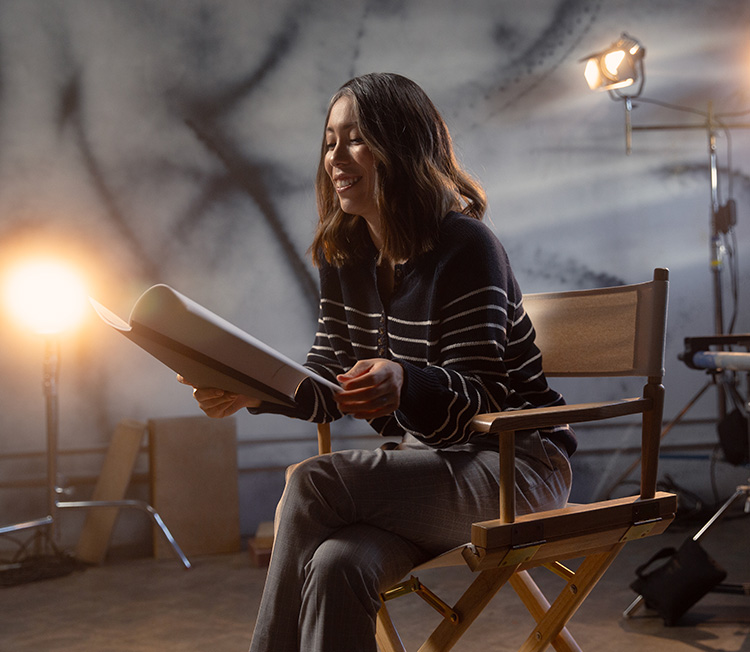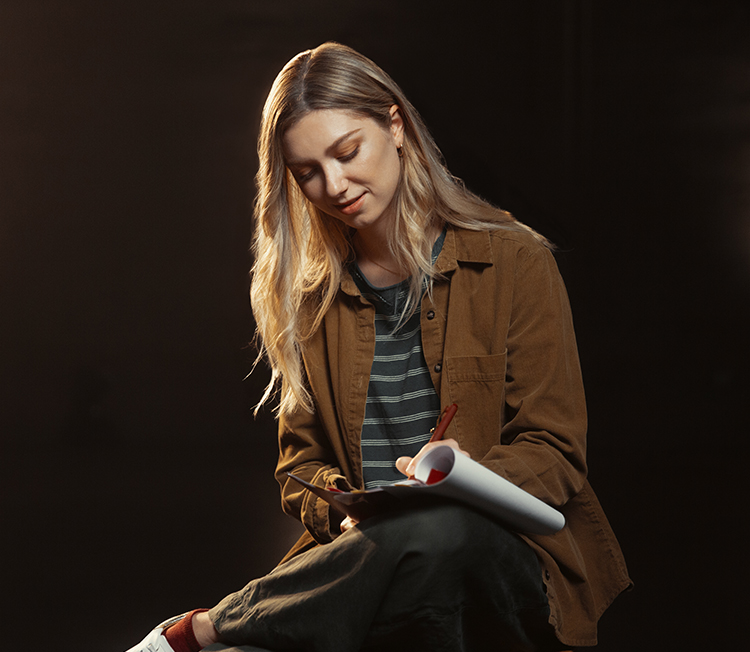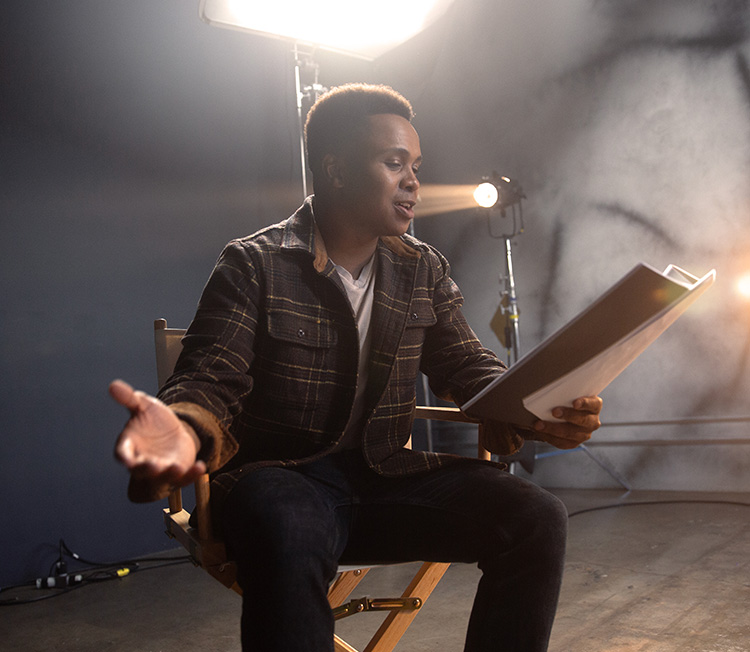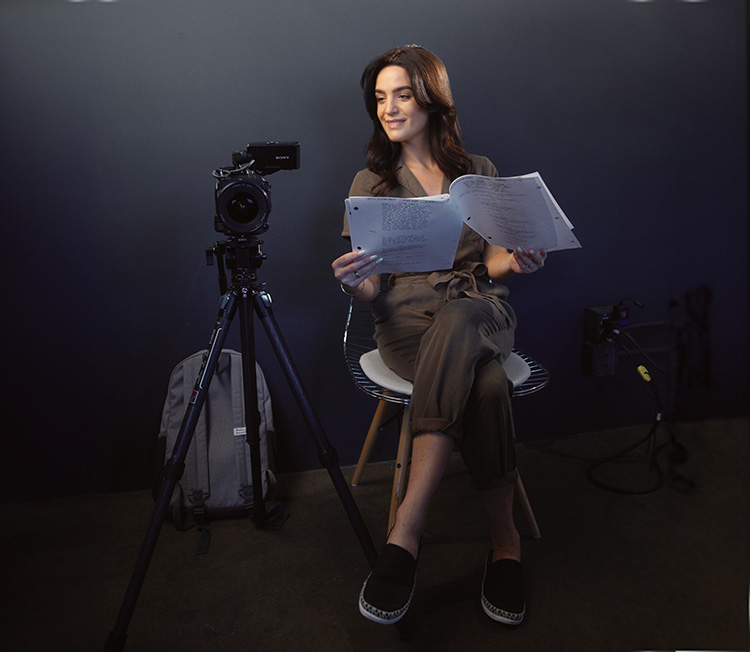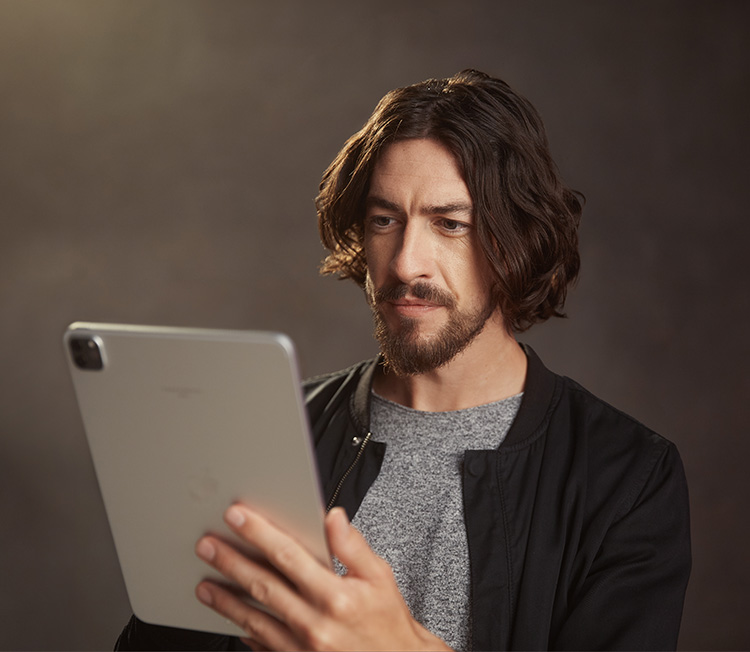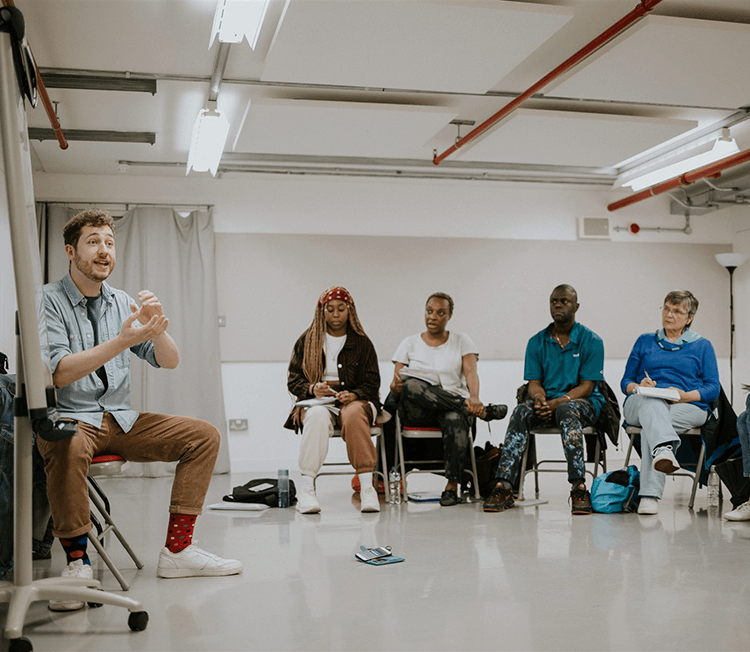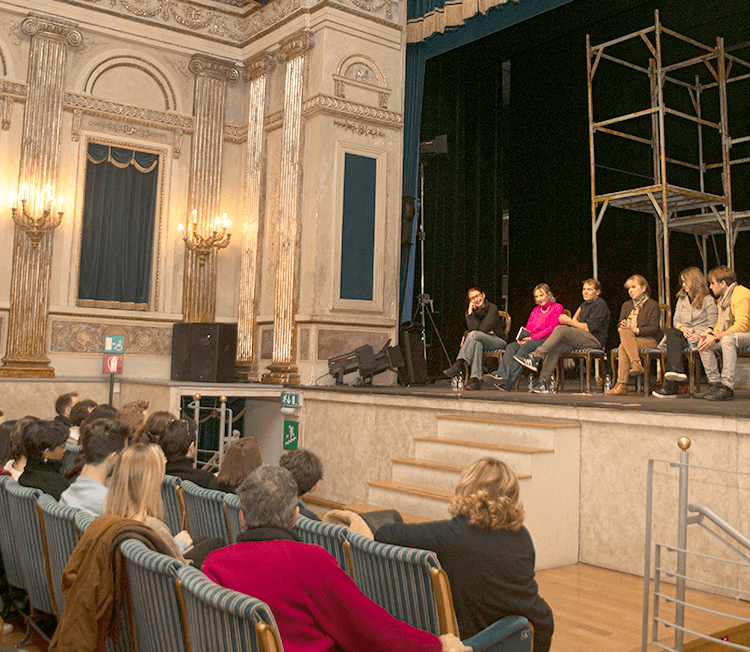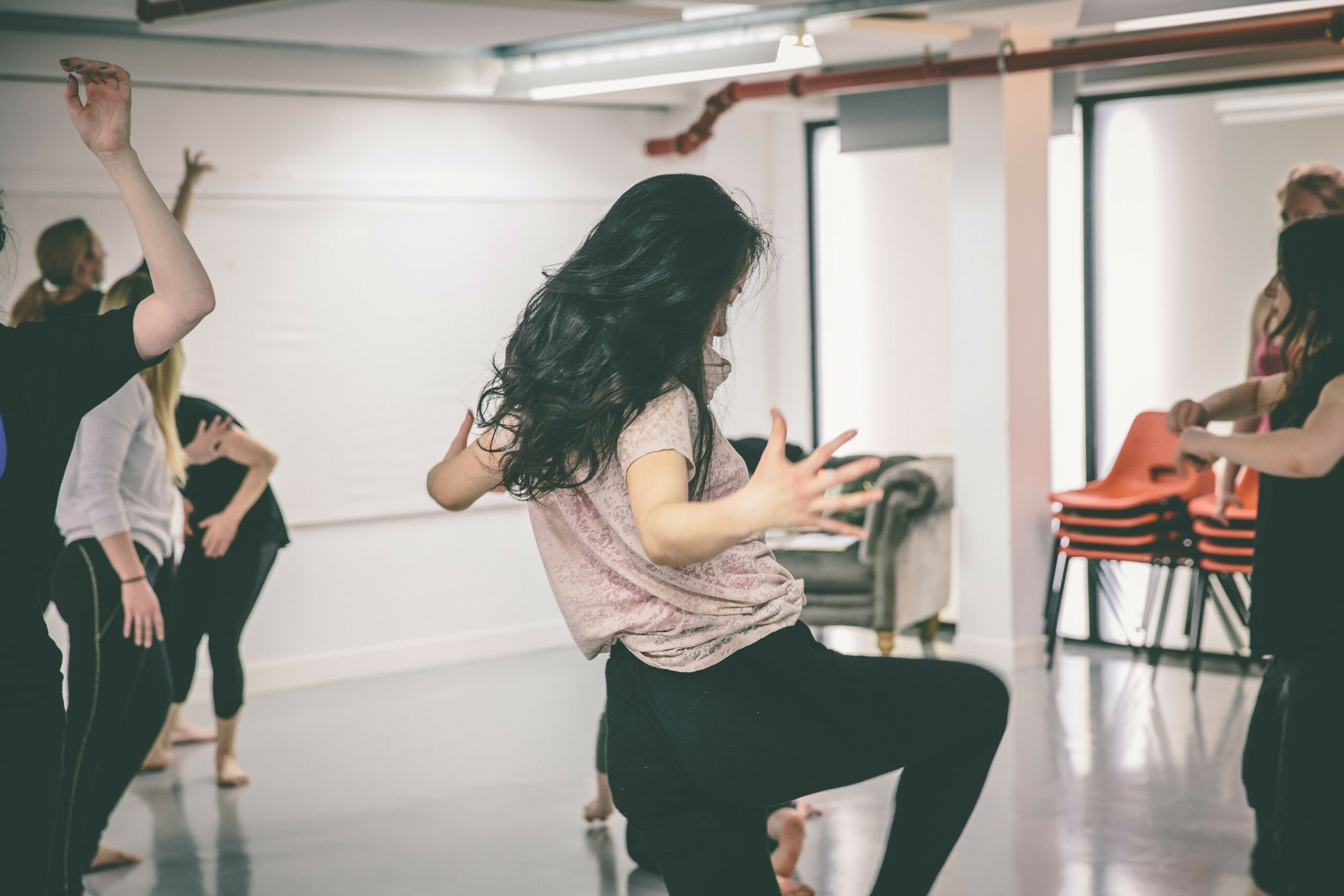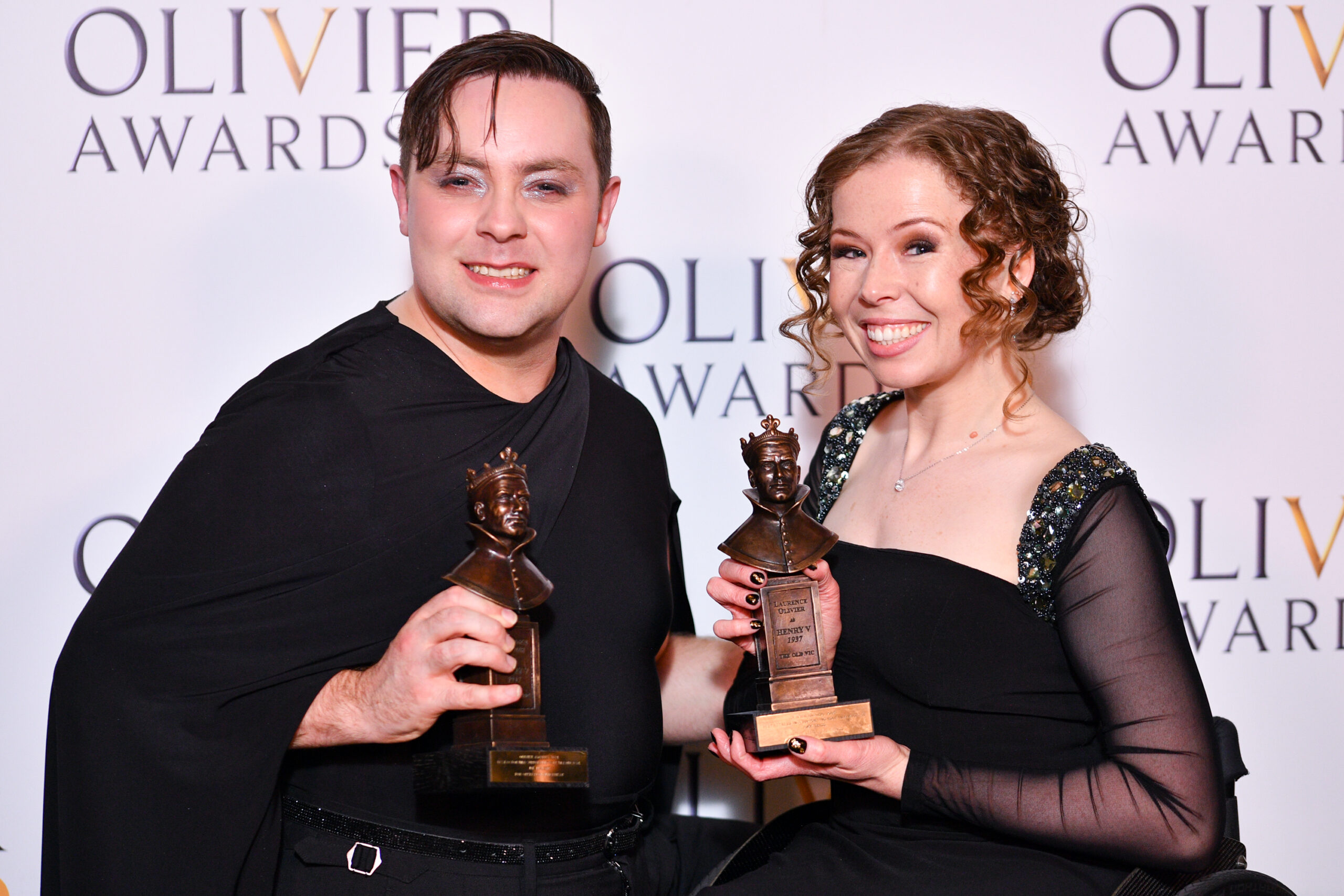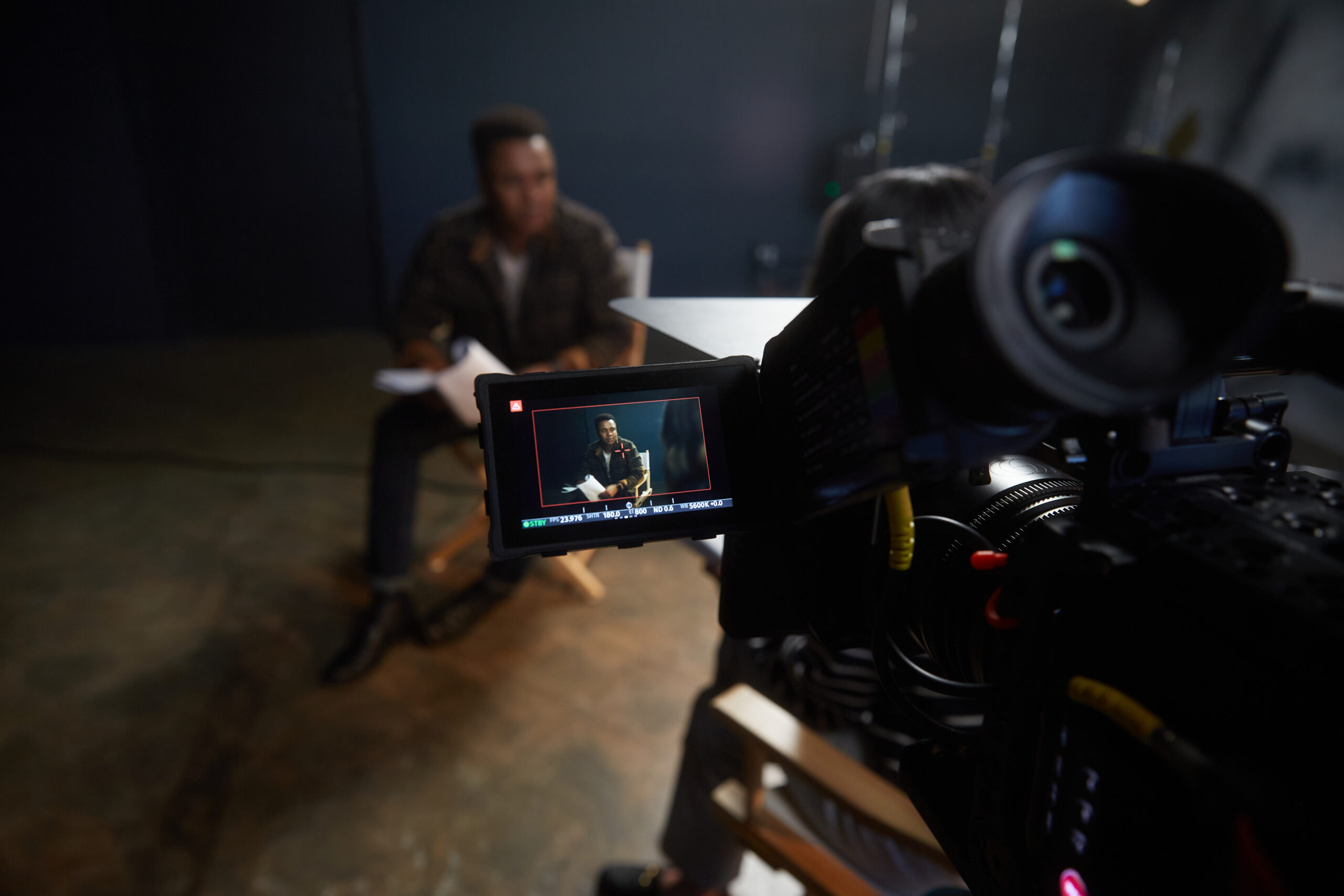Starting out with Lecoq as an actor
One of the great techniques for actors, Jacques Lecoq’s method focuses on physicality and movement. Lecoq himself believed in the importance of freedom and creativity from his students, giving an actor the confidence to creatively express themselves, rather than being bogged down by stringent rules.
With notable students including Isla Fisher, Sacha Baron Cohen, Geoffrey Rush, Steven Berkoff and Yasmina Reza, it’s a technique that can help inspire your next devised work, or serve as a starting point for getting into a role. While there’s no strict ‘method’ to doing Lecoq correctly, he did have a few ideas about how to loosen the body in order to facilitate more play! Sam Hardie offered members a workshop during this November’s Open House to explore Lecoq techniques and use them as a starting point for devising new work.
Using body tension, tempo and rhythm
Keep balancing the space, keep your energy up – It’s about that instinct inside us [to move].
Lecoq is about engaging the whole body, balancing the entire space and working as a collective with your fellow actors.
It’s the whole group’s responsibility: if one person falls, the whole group falls.
Warm ups include walking through a space as an ensemble, learning to instinctively stop and start movements together and responding with equal and opposite actions.
Moving in sync with a group of other performers will lead into a natural rhythm, and Sam emphasised the need to show care for each other and the space you’re inhabiting. By focusing on the natural tensions within your body, falling into the rhythm of the ensemble and paying attention to the space, you can free the body to move more freely and instinctively – it’s all about opening yourself up to play, to see what reactions your body naturally have, freeing up from movements that might seem cliché or habitual.
Energising the space
Any space we go into influences us – the way we walk, move.
In the workshop, Sam focused on ways to energise the space – considering shape and colour in the way we physically respond to space around us. “The objects can do a lot for us,” she reminded, highlighting the fact that a huge budget may not be necessary for carrying off a new work.
All of us take ownership of the space.
Keeping details like texture or light quality in mind when responding to an imagined space will affect movement, allowing one actor to convey quite a lot just by moving through a space. By owning the space as a group, the interactions between actors is also freed up to enable much more natural reactions and responses between performers.
Trying not to self-police
Really try not to self-police – don’t beat yourself up!
Allow opportunities to react and respond to the elements around you to drive movement. The body makes natural shapes – especially in groups, where three people form a triangle, four people a square, and five or more a circle. Moving beyond habitual response into play and free movement, highlighting imagination and creativity, is where Lecoq gets the most interesting and helpful, particularly when it comes to devising new work. Freeing yourself from ‘right’ and ‘wrong’ is essential:
There are moments when the ‘errors’ or ‘mistakes’ give us an opportunity for more breath and movement.
By relieving yourself of the inner critic and simply moving in a rhythmic way, ideas around ‘right’ or ‘wrong’ movements can fade into the background. Naturalism, creativity and play become the most important factors, inspiring individual and group creativity!
Thank you to Sam Hardie for running our Open House session on Lecoq. While there’s a lot more detail on this technique to explore, we hope this gives you a starting point to go and discover more…
See more advice for creating new work, or check out more from our Open House.

